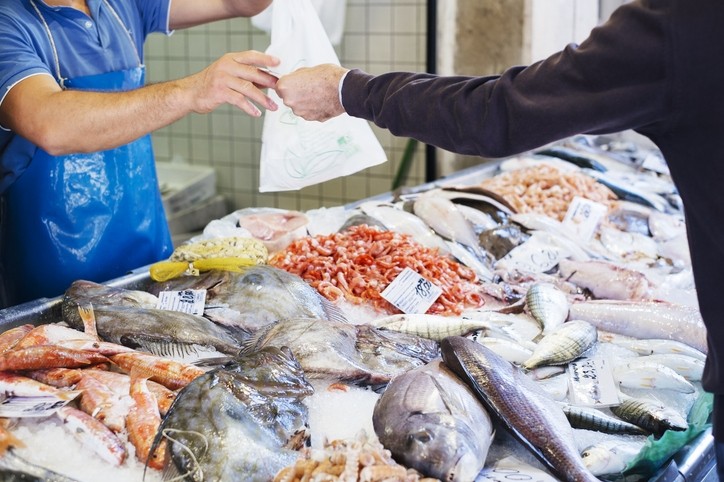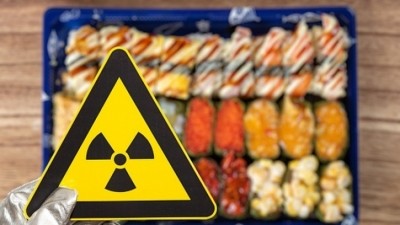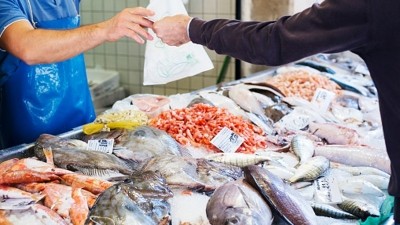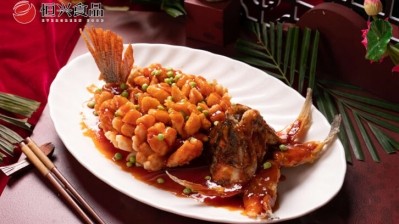Seafood fraud in China: Better traceability and labelling needed to protect consumers, threatened species

Researchers in China conducted label analysis and (DNA) molecular identification on Japanese seafood products (JSPs) sold on a Chinese e-commerce platform. They found that JSPs were not fully compliant with labelling standards and highlighted the need for better traceability and labelling to prevent seafood fraud.
This study highlights the prevalence of mislabelling and the use of ambiguous trade names in JSPs. For example, the use of umbrella trade names can obscure the identity of the species being sold.
“The use of umbrella trade names can facilitate the placing on the market of species involved in traceability, economic and sustainability issues. In fact, some of the recovered species were listed in the IUCN Red List of threatened species. DNA analysis was once again proved as an efficient tool to unmask and fight seafood frauds.”
Several studies have reported an increase in homemade food preparations during the COVID-19 pandemic, which has since led to seafood e-commerce experiencing rapid development in China. Previous researched revealed that seafood has a high risk of being mislabelled. Thus, the researchers wanted to highlight the impact of seafood fraud on consumers and the environment.
For this study, researchers analysed 60 JSPs purchased from Chinese e-commerce platform Taobao. The JSPs were from different brands. They were kept in their original Chinese packaging and stored at −20°C until further analysis.
The labels were evaluated based on trade name accuracy and compliance with the Chinese standard for pre-packaged food. Then, the species composition of the JSPs was assessed by the molecular analysis of two genetic targets (COI and cytb). Finally, the results of the molecular analysis were compared with the trade name reported on the label, and the mismatching rate (MR) was calculated.
It was found that none of the JSPs labels analysed reported the scientific name of the species. Sixteen different trade names were found, of which only 37.5% could be assigned to a taxonomic level (species or genus). In the other cases, umbrella terms were used. Overall, 66.7% of the JSPs were fully compliant with the Chinese standard. Eighty-seven percent of the JSPs were molecularly authenticated to species level. Overall, an MR of 11.7% was observed.
Mislabelling conceals illegal practices undertaken for financial gain, such as substituting a cheaper or more readily available species for one that is more expensive, desirable, or in limited supply.
It can also result in severe health implications due to the omission of allergenic ingredients (e.g. molluscs and crustaceans) or the substitution of edible species with toxic species. There are also environmental concerns: the marketing of threatened or endangered species could hamper management efforts to rebuild overexploited fish stocks.
Mislabelling can also happen because of complicated fish naming systems and different regulatory requirements among countries, as in the case of Snapper.
“In our study, this hypothesis seems more realistic than the economic purpose given the low cost at which the JSPs labelled as Snapper were sold,” said the researchers.
Thus, researchers discourage the use of umbrella terms in favour of specific names that are in line with Chinese labelling standards.
“For these reasons, traceability along with a regulatory labelling system is essential to protect the interests and health of consumers and to ensure sustainability,” the researchers concluded.
Source: Food Control
DOI: https://doi.org/10.1016/j.foodcont.2024.110373
“Label analysis and molecular identification of Japanese Seafoods Products purchased on Chinese e-commerce”
Authors: Xia Zhang, Chiara Malloggi et al.














